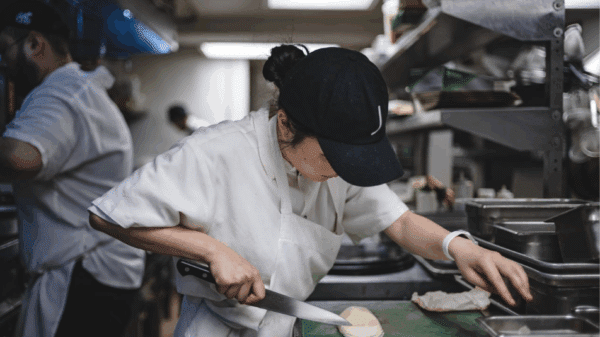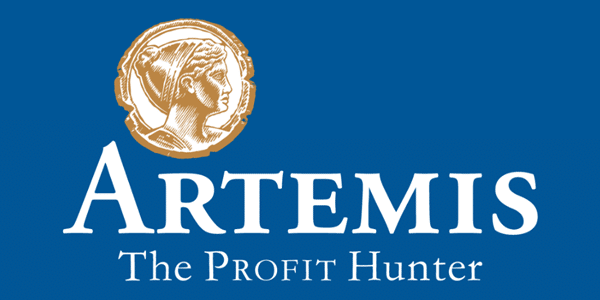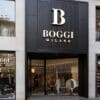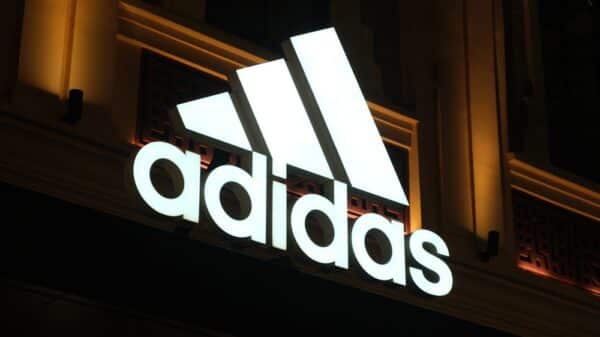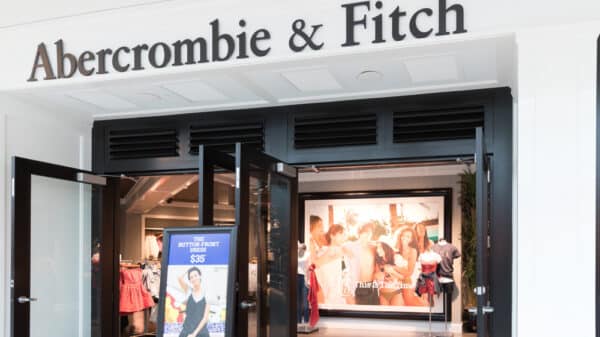The Pinault family’s investment firm, Artemis, is currently embarking on a pivotal transformation characterized by deliberate strategic restraint and an essential transition in leadership. This shift comes after a period filled with aggressive expansions and high-profile acquisitions across various sectors, including luxury goods and entertainment. Recent trends, marked by disappointing returns from portfolio assets and rising financing costs, have prompted this recalibration of strategy.
Leadership Transition
As part of this newfound focus, François-Henri Pinault, who has co-managed Artemis alongside his father, François Pinault, has stepped down as CEO of Kering. His departure after two decades in the role reflects a shift in attention back to Artemis and its investment strategy. Remaining as chairman of Kering, Pinault is relocating from London to Paris to facilitate more hands-on oversight of the family’s investment endeavors.
Financial Overview
Artemis is grappling with an increase in its debt levels, which have surged approximately 40% beyond historical norms, now sitting at around €7.1 billion (approximately $8.3 billion). Despite these rising figures, the firm’s financing remains manageable due to the ongoing dividends provided by its diverse holdings. This tightrope balancing act is indicative of a broader restraint in capital allocation.
Diverse Portfolio and Recent Challenges
Founded in 1992, Artemis has cultivated a varied portfolio encompassing luxury brands, art, sports, media, and real estate. Notable holdings include significant stakes in Kering, which oversees prestigious names like Gucci, Balenciaga, and Bottega Veneta, along with the renowned Christie’s auction house and Creative Artists Agency (CAA). Recent expansions also include fragrance brand Creed and a 30% share in Italian fashion staple, Valentino.
However, pressures are mounting, particularly for Gucci, which has considerably affected the family’s overall wealth, reportedly declining by more than 50% over the past four years. Projections indicate a 40% drop in earnings from Artemis’ portfolio payouts this year to around €520 million.
A Shift Towards Capital Preservation
Amid these setbacks, Artemis is pivoting away from substantial acquisitions, such as its previous $3.5 billion investment in CAA, which has since expanded to a 54.2% stake. The family is increasingly prioritizing capital preservation over leveraging their investments, aligning with trends observed in Citigroup’s 2025 Global Family Office Report, which highlighted that only 8% of family offices worldwide utilize leverage exceeding 30%.
Kering Under Financial Pressure
The situation at Kering has also become precarious, with Standard & Poor’s downgrading its outlook, indicating that net debt—including leases—might reach €14.5 billion during the 2025–2026 period. While Artemis’ debt levels do not directly jeopardize Kering’s financial health, the concurrent tightening of fiscal policies in both entities suggests a more conservative era for the Pinault family.
CAA and Puma’s Strategic Changes
CAA has faced its own debt challenges, partly due to dividends funded by additional borrowing. However, Fitch Ratings has maintained a stable rating amid concerns regarding investor control. CAA continues to dominate in talent management and plans to expand its influence by opening a London office in 2025.
In a related development, Puma—where Artemis holds a 29% stake—is undergoing a strategic overhaul under the leadership of new CEO Arthur Hoeld, while Kering has appointed Luca de Meo to rejuvenate the troubled Gucci brand.
Strengthening the Family Legacy
Despite the ongoing challenges, Artemis possesses a robust equity foundation, with assets valued around €28 billion—approximately four times its current debt. In 2024, the firm distributed a €250.2 million dividend to its parent company, Financière Pinault, which was more than double the previous year’s payout.
As the Pinault family redefines its investment blueprint, Artemis not only aims to streamline its finances but also seeks to fortify its legacy. The inclusion of two siblings and three third-generation members on the board underscores a commitment to multigenerational continuity within one of France’s most prestigious luxury dynasties.













